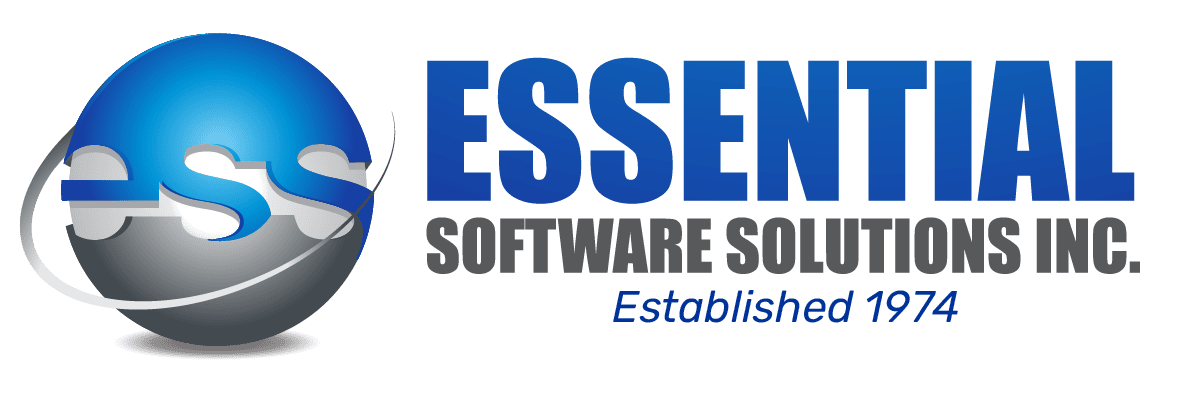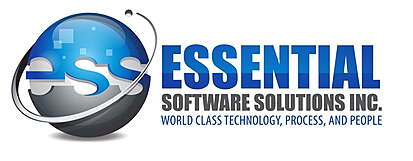Supply chain management is more complicated than buying what your operation needs at the lowest price you can find. It’s having the right material in the right quantity at the right place to ensure promises on delivery.
Keep Your Promises to Your Customers
If you don’t keep your delivery promises, you will not keep your customers for long. And inversely by having extra stock on hand (to ensure 100% customer service) all your money will be tied up, stock becoming degraded and useless or obsolete. This adds costs, time to replenish and wasted investment of cash and labor.
ERP with Supply Chain Management Ensures the Perfect Material Mix
Right material, right place, right time, right quantity...this will be handled by your ERP. If that information can be shared in a timely manner throughout the supply chain from your customers to you and from you to your suppliers and subcontractors, then you can run leaner. This allows you to substitute information for inventory and changes your strategy for servicing your customers.
Provide Better Information Sooner
The supply chain moves in two directions: information and money move upstream and products and/or services move downstream. However this stream contains hazards. If you could only streamline the threats, your supply chain could flow smoothly and thereby reduce the need to keep excessive “Safety Stock.” This could reduce inventory and the delivery time of your product and/or service to the customer. In customer service (and safety stock), time truly is money. Proper technology and supply chain management can help. For more information on optimizing your supply chain, please contact us.











